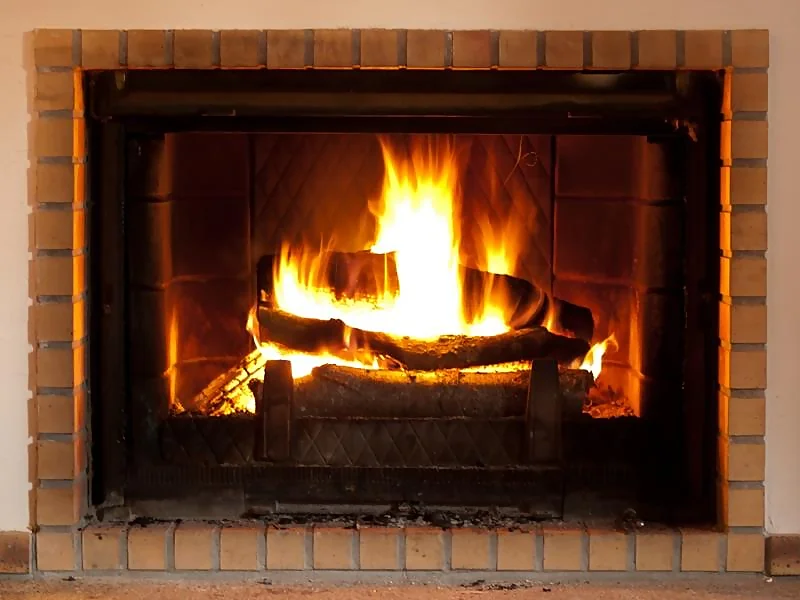Wood Burning Fireplace Maintenance
.webp)
Nothing complements a cool winter day like the warmth, smell, and sound of a crackling fire in your fireplace. If you love chopping wood as much as we do, chances are you have a stockpile of firewood to heat the house through the winter. Whether you burn one time or all the time, there are some very important fireplace tips that should not be overlooked.
Fireplace Tips for a Safe & Clean Burn
How Do I Know If My Chimney Is Clean?
The Chimney Safety Institute of America recommends having your chimney inspected at least once a year for soundness, freedom from deposits, and correct clearances. Chimneys can become coated in creosote, a natural byproduct of wood burning. Too much creosote puts your home at risk of a chimney fire. Even if you don't use your fireplace much, it's still smart to have your chimney inspected. The last thing you want to do is light a poor bird's nest on fire. Gas fireplaces too should be inspected as well.
How Do I Prevent Creosote Build-Up?
The best way to prevent creosote build-up is by having your chimney inspected on a yearly basis. There are also several rules you can follow to minimize the amount of creosote produced during burns.
- Only burn seasoned wood. Freshly cut wood, also known as green wood, can contain up to 100% moisture (or 50% water weight). Seasoned wood contains less than 20% moisture. While the exact amount of time it takes for firewood to become seasoned varies based on species and storage, most wood takes anywhere from 6 months to 1 year after it is split and stacked. How can I tell if my wood is seasoned? – Seasoned wood takes on a grey coloring and makes a high-pitched sound when knocked together, as opposed to a deep-sounding thud or thunk.
- Avoid slow and smoldering fires. This can be accomplished by ensuring proper airflow. Glass doors and fireplace inserts can help restrict the amount of air that gets to the fire.
- Don't use artificial logs. While artificially packed logs can help start your fire quickly, they produce a large amount of creosote. You’re better off saving your artificial logs for summer campfires. Use the crumpled-up newspaper and kindling for starting fires in your fireplace.
Why Does My Fireplace Smell?
If your fireplace gives off a smoky smell even when you're not burning, chances are you have an airflow issue. The smell can be especially noticeable on humid days. First off, make sure your damper or flue is closed. If that doesn't do the trick, we recommend using a chimney deodorant. Some homeowners swear by baking powder. If you still can't get rid of the smell, get your chimney inspected. The chimney sweep can clear creosote deposits, inspect your damper or propose another solution to your airflow issue.
How Do I Clean My Fireplace?
All fireplace tool sets come with a shovel and broom. Use the shovel and broom to push the ashes down the ash trap (if you’re lucky enough to have one!) or to scoop into a metal ash bucket. Don't use paper or plastic bags; smoldering embers can be very hard to detect and could ignite. And if your insert has a glass door, use fireplace glass cleaner to cut through the sticky soot, smoke, and creosote. Be sure to wear gloves when working with this stuff – it’s highly caustic!
Things to Never Burn Indoors (according to the Chimney Safety Institute of America):
- Wrapping Paper
- Pizza Boxes
- Styrofoam
- Green (or wet wood)
 Click to call
Click to call


